Louisville – Southern Indiana
Falls of the Ohio


You may also like our L&C Travel Magazine!
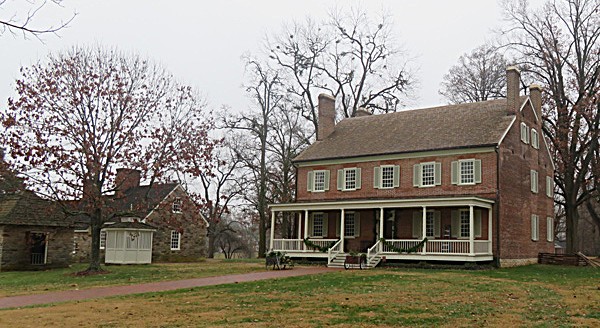
Locust Grove, a circa 1792 Georgian mansion near Louisville, Kentucky, embodies a rich tapestry of American history. Built by Irish immigrant William Croghan and his wife, Lucy Clark, sister of General George Rogers Clark, it served as a gentleman’s country estate, a hub of politics and culture, and a symbol of national pride. Constructed and sustained by the labor of enslaved African Americans, the estate reflects the complexities of early 19th-century life.
Locust Grove played a key role in westward expansion, hosting figures like Presidents, Vice-Presidents, and pioneers Lewis and Clark. The estate was a mixed-use farm, producing livestock, crops, and small-scale manufactures, and served as a waystation for ideas and culture on the frontier. The Croghans owned the property until 1878, and after changing hands, it was acquired by Jefferson County and the Commonwealth of Kentucky in 1961 for restoration.
Opened to the public in 1964, the museum now preserves and interprets life between 1790 and 1822, showcasing the stories of its residents, visitors, and enslaved workers. Through tours, events, and dedicated stewardship, Locust Grove continues to educate and inspire as a vital link to America’s frontier heritage.
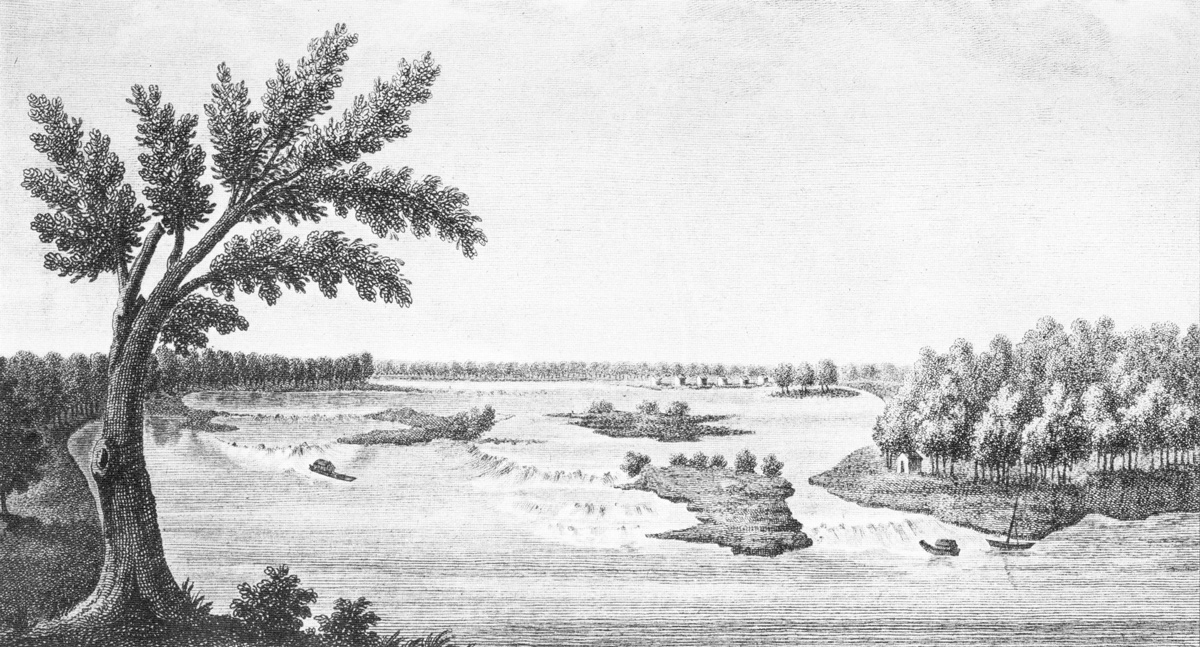
Located on the banks of the Ohio River at 201 West Riverside Drive, Clarksville, Indiana, is Falls of the Ohio State Park. The 390-million-year-old fossil beds are among the largest exposed Devonian fossil beds in the world. The park features a spectacular interpretive center overlooking the fossil beds featuring new interactive, immersive exhibits.
While fossil collecting is prohibited on the fossil beds and river bank, the park staff encourages visitors to explore and discover the many different types of fossils that can be found on the ancient sea bottom. Collecting piles (with rock and fossils from quarries) is the only place where rocks may be removed at the Falls of the Ohio. They are located by the parking lot behind the interpretive center.
August through October provides the best accessibility to the 220 acres of fossil beds, as the river is at its lowest level during this period. Read about the famous “handshake” between Lewis and Clark.
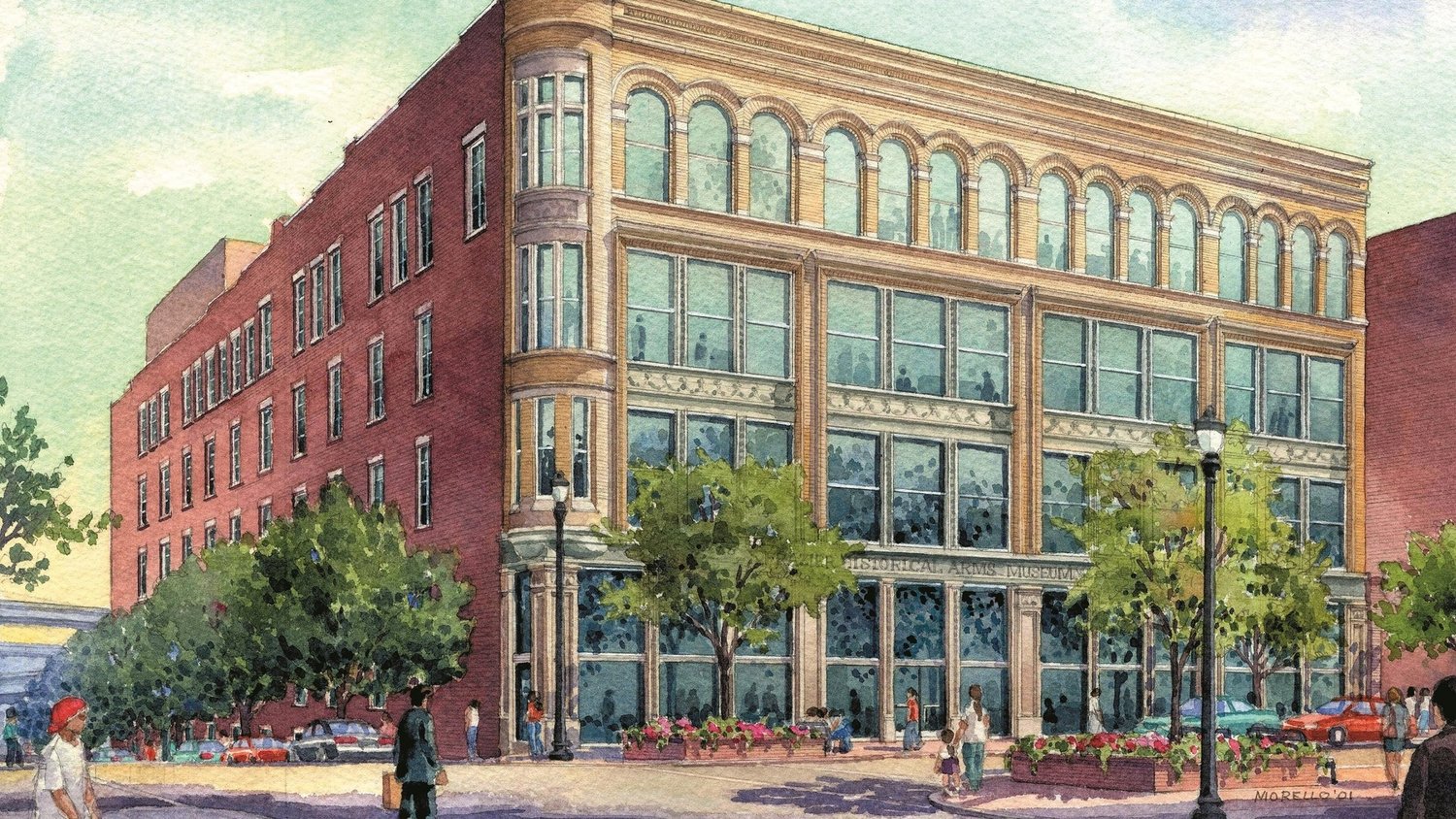
Founded in 2004 and located in the West Main District of downtown Louisville, the Frazier History Museum is where the world meets Kentucky. An affiliate of the Smithsonian Institution, the Frazier documents stories from history using artifacts, exhibitions, and guided tours led by a talented staff of educators.
The Spirit of Kentucky® serves as a visual guide to the history, craft, and culture of Bourbon; its features include a covered bridge, a touch-screen library, and a bottle hall stocked with hundreds of different Bourbons. The Lewis and Clark Experience simulates the journey the US Army’s Corps of Discovery undertook from 1804 to 1806 to learn about the flora, fauna, and geography of the Louisiana Purchase.
The permanent collection features a wide array of historically significant arms and artifacts of American, American Indian, Asian, and European origin. Arms of notable provenance include Teddy Roosevelt’s “Big Stick,” Custer’s pistols, and Geronimo’s bow and arrows. Other rare and noteworthy objects include a surplus grave marker from the Battle of Little Bighorn and a first edition copy of Uncle Tom’s Cabin.
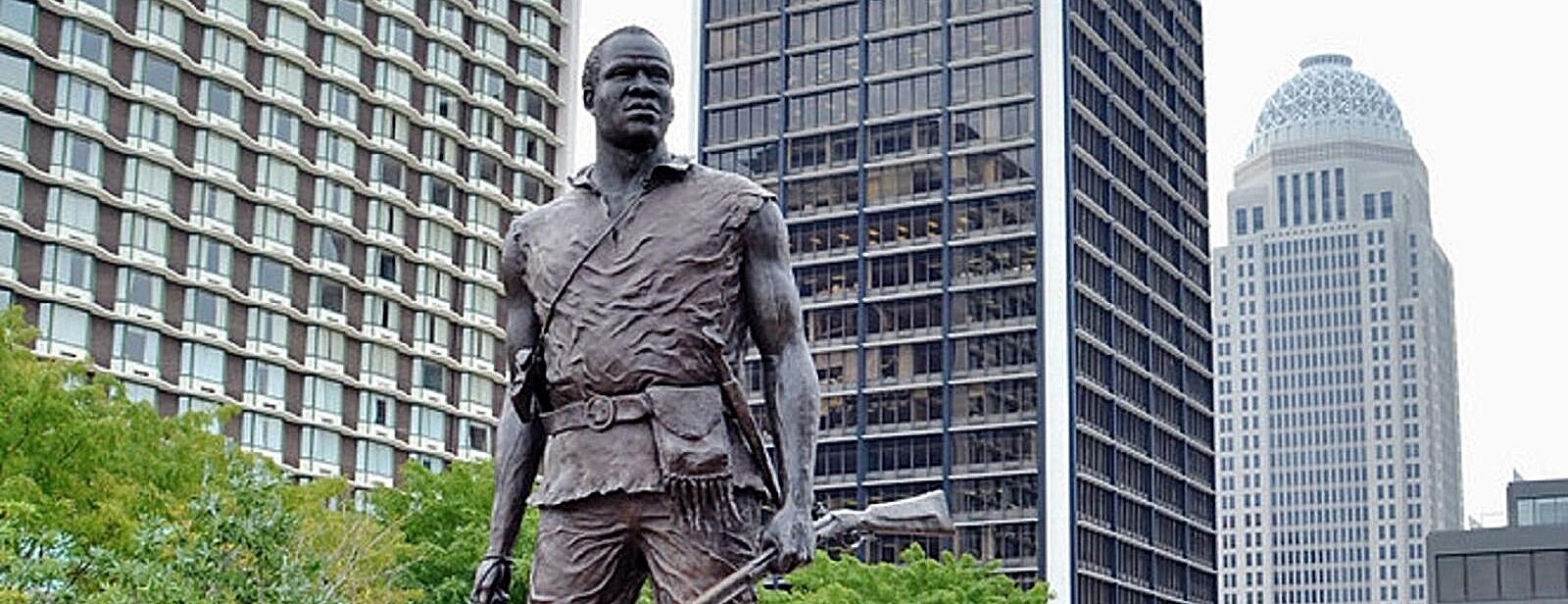
A heroic-size bronze statue of York is located on the Louisville Belvedere at Fifth and Main Streets. Accomplished by Louisvillian and nationally known sculptor Ed Hamilton, it was championed by the Falls of the Ohio Lewis and Clark Bicentennial Committee and commissioned by the city of Louisville in 2002. It was dedicated on October 14, 2003, the 200th anniversary of the meeting of Lewis and Clark in Louisville for the expedition and as part of the opening ceremonies of the Falls of the Ohio Lewis and Clark National Signature.

The Filson Historical Society, founded in 1884, is a privately supported historical society dedicated to collecting, preserving, and sharing the significant history and culture of Kentucky and the Ohio Valley. The Filson has served the public through an extensive and historic collection of original manuscripts, letters, diaries, photographs, architectural records, rare imprints, books, maps, newspapers, textiles, portraits, and other three dimensional items. These collections form a regional educational resource that attracts national and international researchers.

Located in present George Rogers Clark Park in Louisville, the Clark family homesite served as the residence of William Clark and York from 1785 to 1803. The outbuildings and the remains of the house were razed in 1917. The farm once included over three hundred acres and had two mills on the waters of Beargrass Creek. The family cemetery and a cypress tree dating to the Clarks’ residence are all that remain today.
“Mulberry Hill” was the name of the Clark family home in Jefferson County, and one of the most significant historic structures in Kentucky and the early West due to its association with the Clarks. Now within the city limits of Louisville, at that time it was about three miles southeast of town on the South Fork of Beargrass Creek. John Clark purchased the 256 acre tract from the heirs of George Meriwether on August 29, 1785. The Clarks already were living on the property, so apparently an agreement had been made prior to the actual sale. Additional land was added to the tract so that it totaled 318 acres by 1799. By 1803 it apparently totaled 343 acres.
(James J. Holmberg)
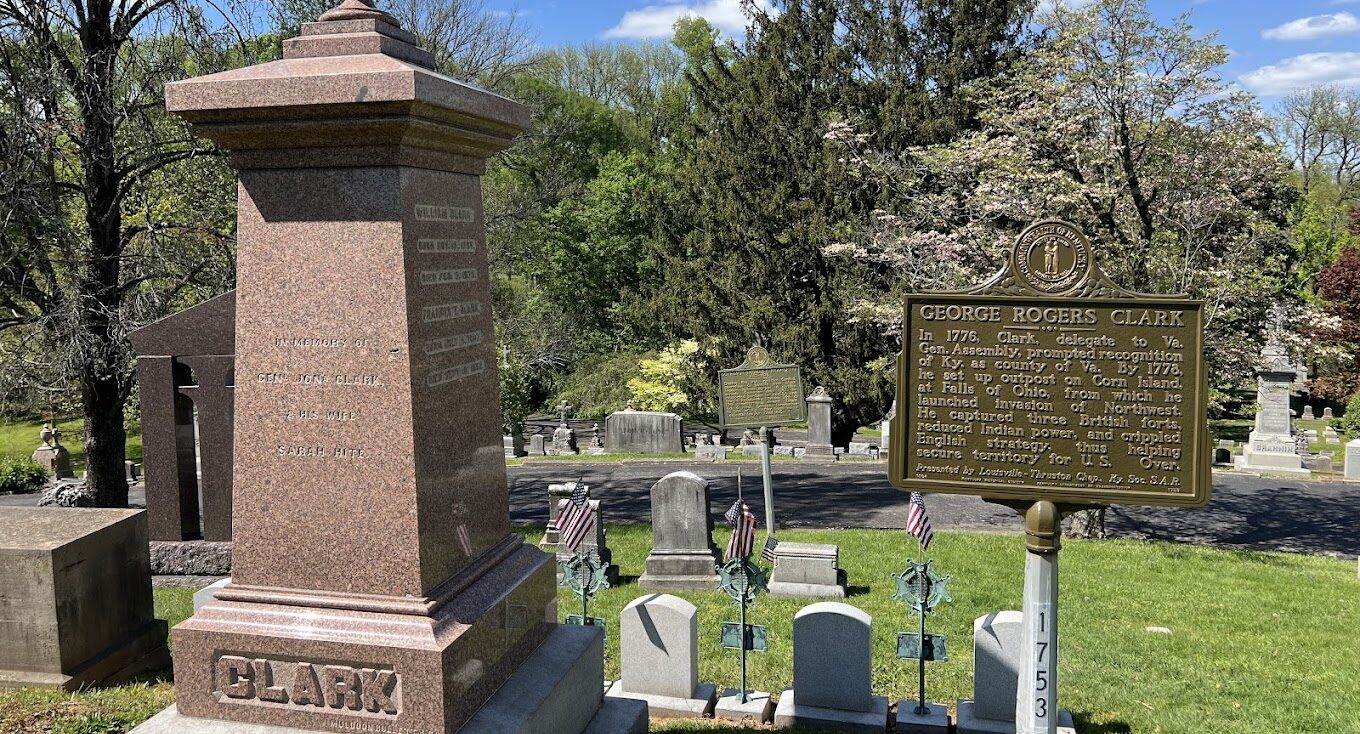
The final resting place of George Rogers Clark and family members as well as Muhammed Ali, Colonel Harlan Sanders, Paul Hornung, and other prominent Louisville residents.
Chartered in 1848 by the General Assembly of Kentucky, the 296-acre cemetery is located on a former farm and quarry site selected for its undulating topography. The cemetery’s name, and that of the farm before it, is derived from the large limestone cave that runs 75 feet into the hillside.
The site’s natural conditions defined how the cemetery was laid out. The ravine that divides the site into eastern and western halves was created by numerous small springs that fed into Beargrass Creek. Chief engineer Edmund Francis Lee developed the western half first, with roads that followed the curving topography and burial plots situated in circular patterns on the flatter promontories. The eastern half of the cemetery was farmed and quarried until 1890, when the quarry was filled with water and enlarged to create a more dramatic focal point. Four additional ponds and lakes were subsequently built, including a lily pond and a lotus pond. Between 1905 and 1951, the Olmsted Brothers firm was consulted on four occasions about the cemetery entrance, the chapel site, and layouts for new grave space. There are over 500 varieties of trees and shrubs on the site, including numerous state champion trees. Cave Hill Cemetery was listed on the National Register of Historic Places in 1979.
Our bi-weekly newsletter provides news, history, and information for those interested in traveling along along the Lewis & Clark Trail.